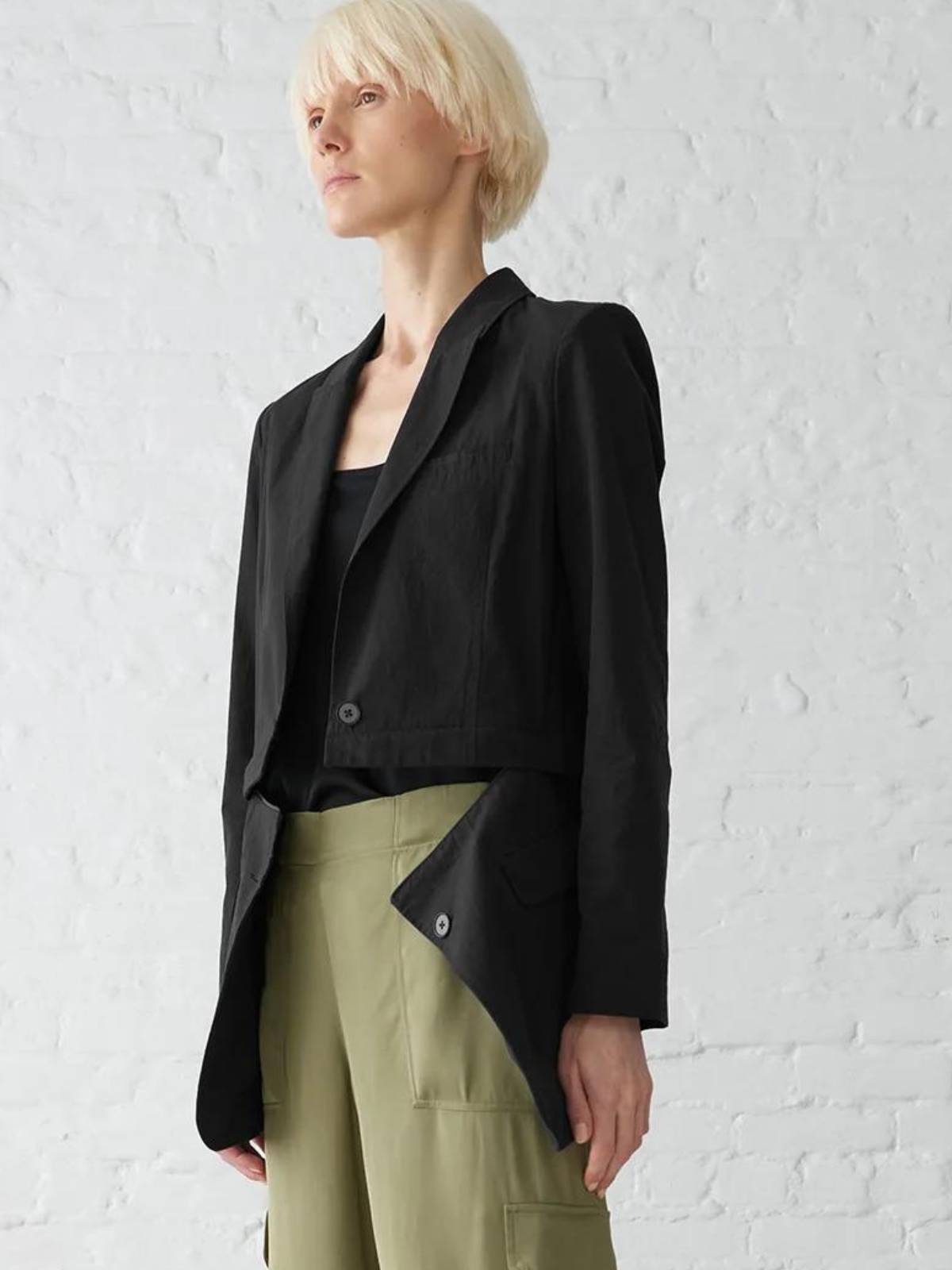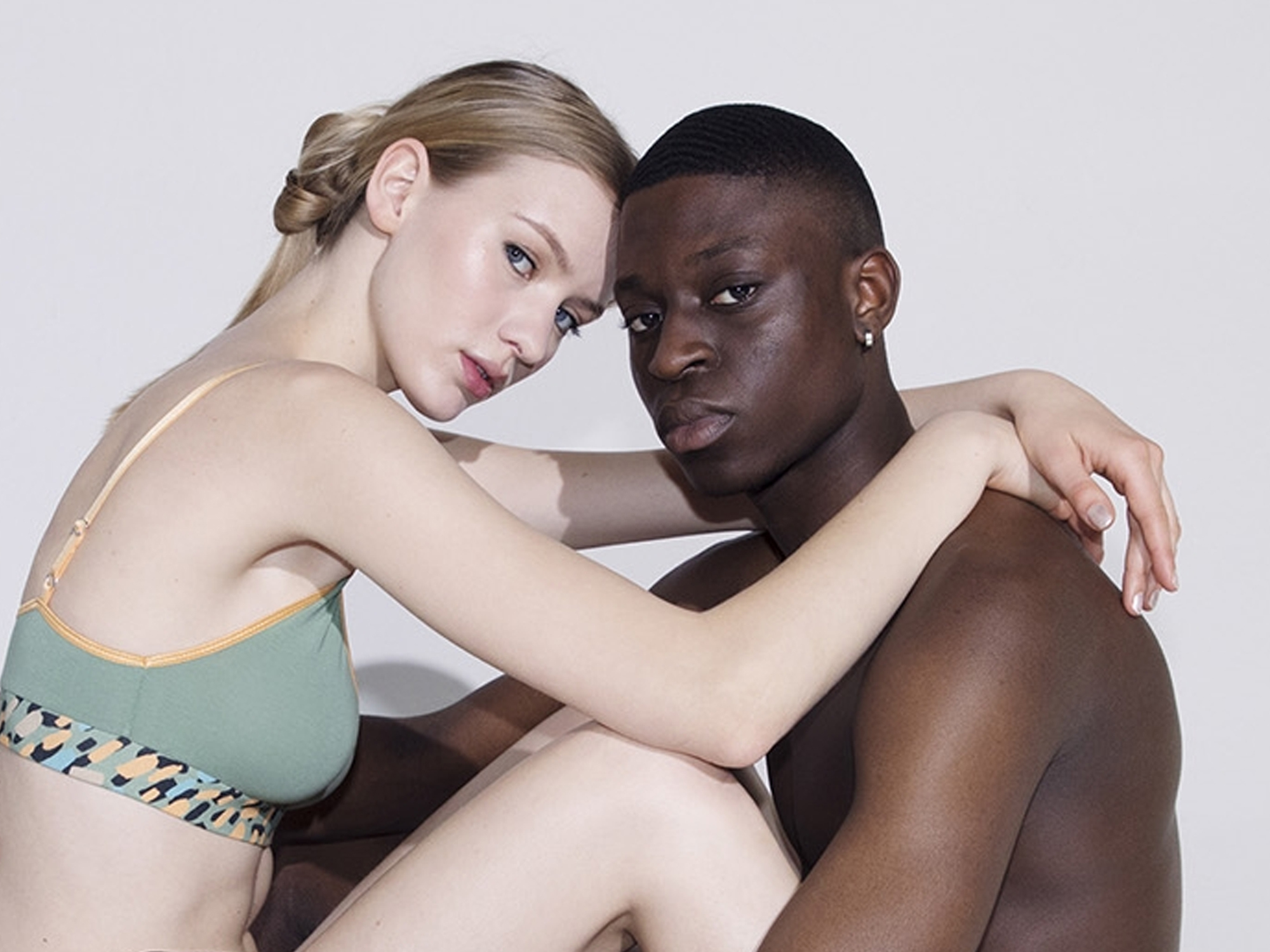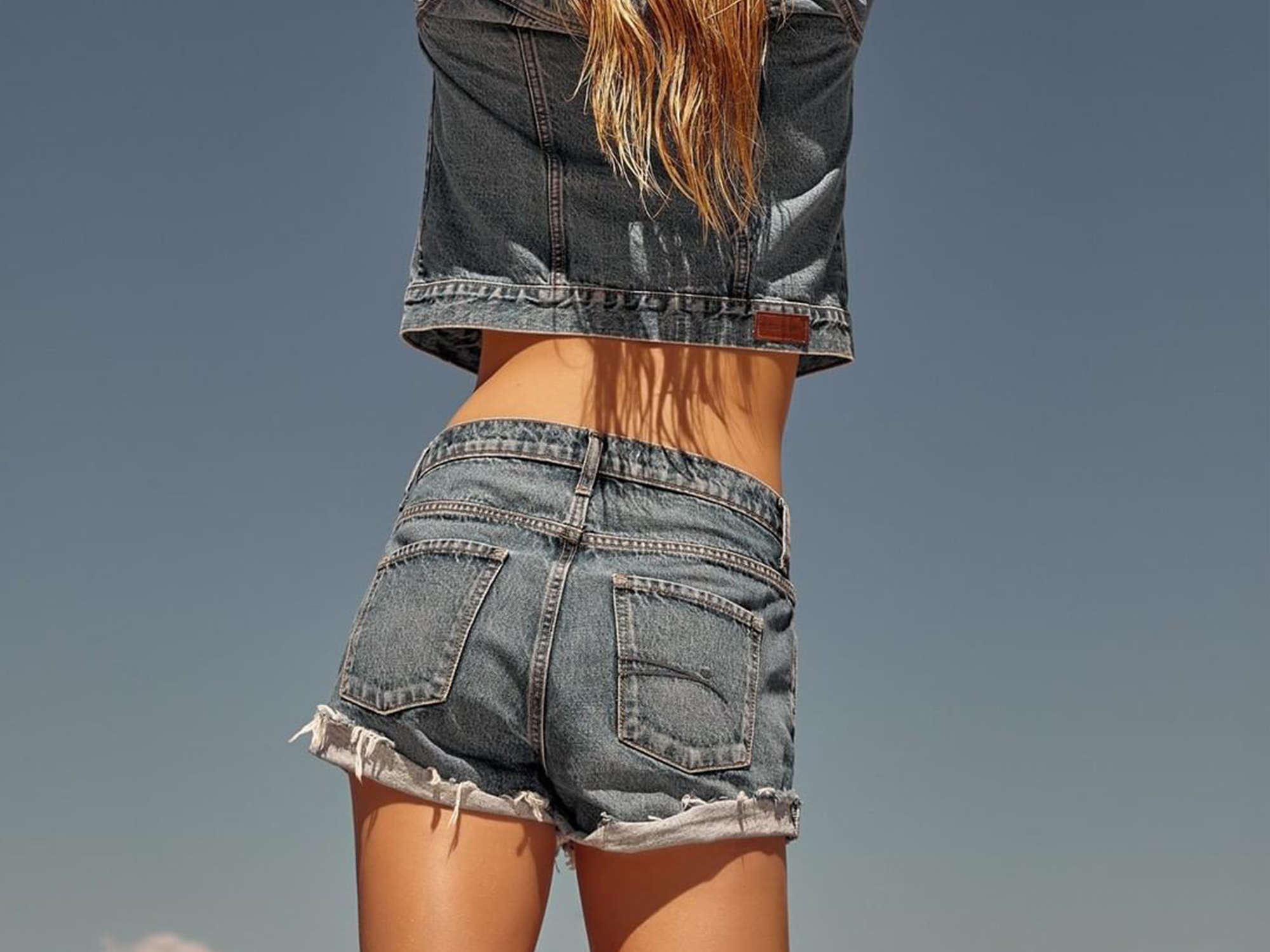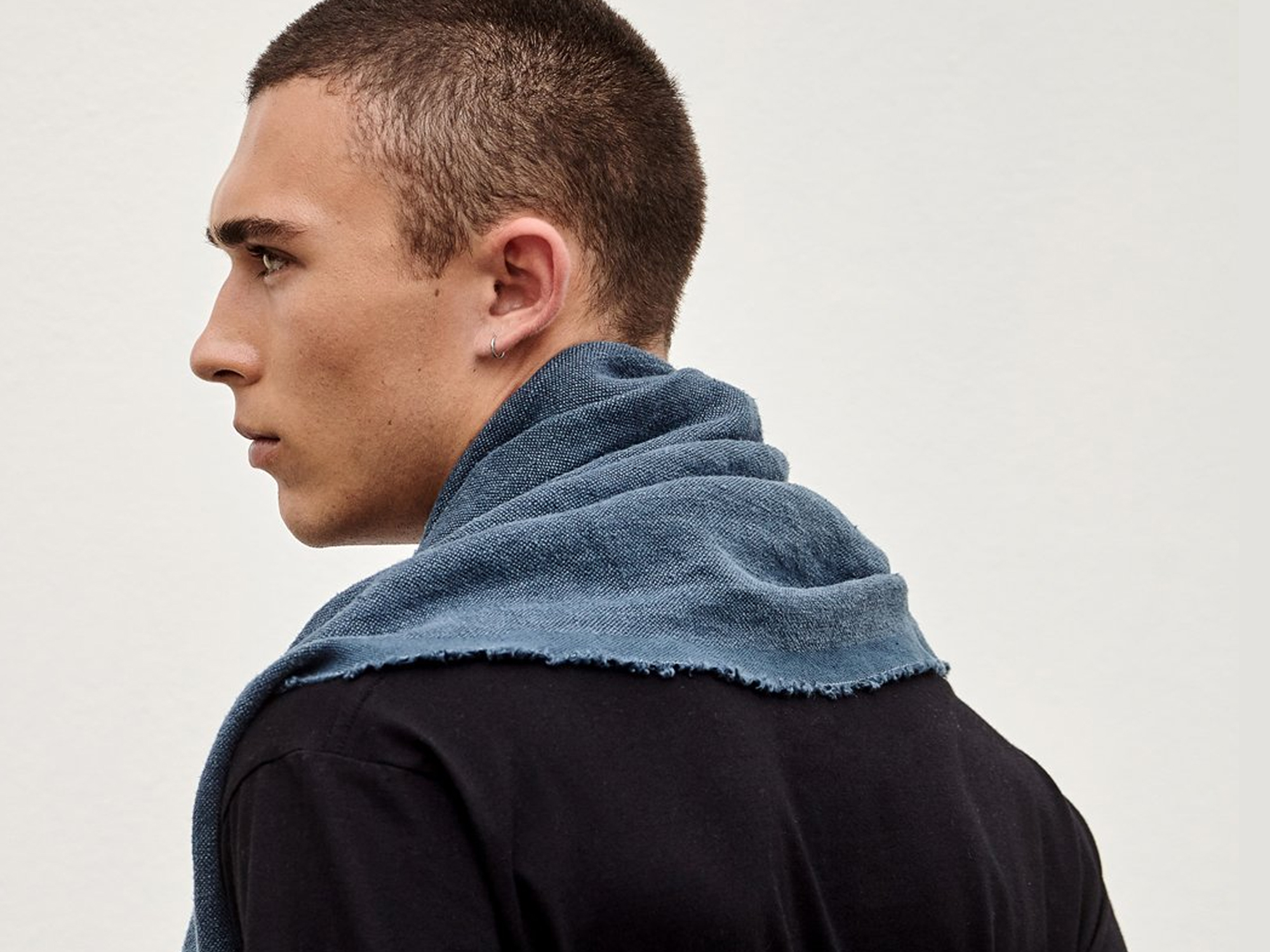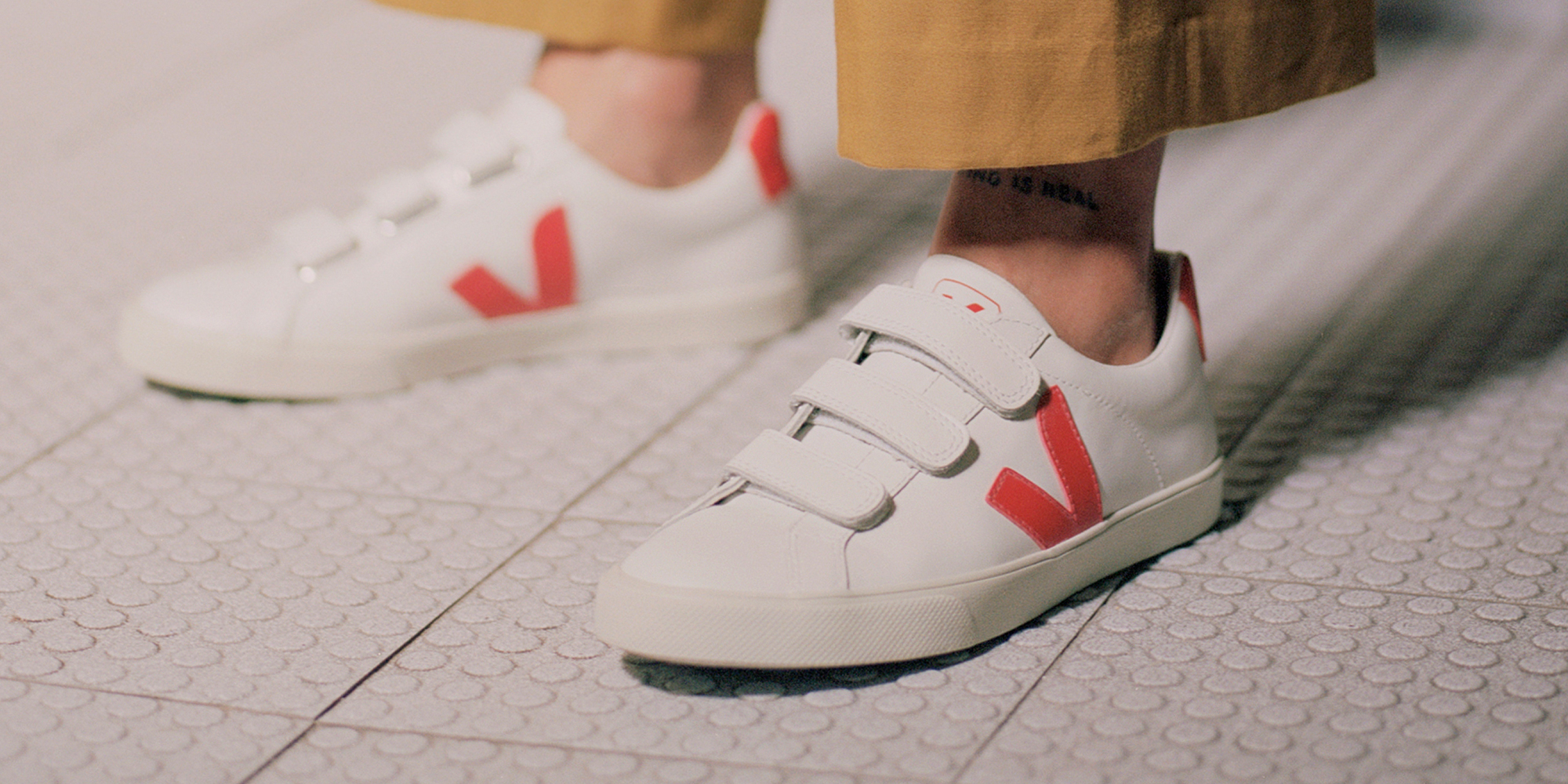Greenwashing and murky supply chains aren’t unique to fashion—data from Good On You’s first round of beauty brand ratings shows that this industry, too, is lacking in both transparency and action, despite transparency being an increasingly common buzzword among brands and retailers. Here, Good On You co-founder Sandra Capponi explains where the biggest gaps in disclosure are, and why transparency matters now more than ever.
Consumers and regulators want transparency, but industry lags behind
Since we started Good On You nine years ago I’ve seen how the pressure has mounted on businesses across the retail sector to be more transparent. Consumers are seeking more visibility on how products are made and many choose to buy from brands with better sustainability credentials. Investors increasingly consider ESG (that stands for environmental, social, and governance) risk in decision-making. And regulators are now stepping in, too, to mandate public reporting and help stamp out greenwashing.
Given how frequently transparency shows up in these contexts, you’d think we’d be making some kind of meaningful progress. So why is it still so lacking?
Progress is stunted by short-term thinking that ignores systemic issues and science, old habits that shift the onus onto suppliers, and the misguided suggestion that consumers just don’t care.
Over the last decade I’ve sat in countless industry forums, alongside some of the biggest brands and supply chain actors in fashion, where transparency is discussed as a top priority. Time and time again, the challenge seems to be turning commitment to meaningful action. Progress is stunted by short-term thinking that ignores systemic issues and science, old habits that shift the onus onto suppliers, and the misguided suggestion that consumers just don’t care. But my experience says otherwise, as our retailer partners keep telling me that their customers are engaged on sustainability issues and are boosting sales with higher rated brands—and that demand stretches further than just fashion. So there’s a commercial case for change, and we shouldn’t stop at this industry.
When Good On You made the move to expand from fashion to beauty brand ratings, we knew we were responding to consumer calls for more information. But the results told a bigger story—as you might’ve seen in the coverage by the Financial Times, Vogue Business, and Business of Fashion, among other outlets that reported on the news. Retail brands still have a long way to go to meet the demand for more transparency and action on sustainability. And there’s a big opportunity for the innovators to step in and do something about it.
What our ratings data shows about transparency
After months of consulting industry experts and evolving our tech, we launched the Good On You rating system for beauty and the first 239 brand assessments in October this year. The results were striking across all 42 issues encompassed in the three sustainability pillars that make up the methodology: people, planet and animals.
On climate change, arguably the most critical issue of our time, 70% of brands have set a target to reduce GHG emissions but 80% of them don’t report on whether they’re on track. In many ways, this mimics what we’ve seen in the last decade rating fashion brands. As Business of Fashion’s Sarah Kent reported, “both the beauty and fashion sector perform equally poorly” on a number of sustainability issues.
While we’ve known for some time that transparency is an area where fashion lags, beauty as an industry has its own host of challenges that set it apart, not least because of the many brands claiming trade secrets. 72% of rated brands do not disclose the fragrance ingredients found in almost all beauty and personal care items. So potential impacts on the environment, not to mention our own health, are completely hidden, but as Sira Naidu, co-founder of “Great” brand Disruptor London says: “We should be as aware of what we’re putting on our bodies as we are of what food we consume.”
72% of rated brands do not disclose the fragrance ingredients found in almost all beauty and personal care items
Packaging is also a well known issue in beauty, but only 38% of rated brands are using recyclable materials. And even though refillable products are on the rise, just 2% of brands are tracking and reporting on repeat purchases.
When it comes to protecting workers, 84% of brands are taking no publicly disclosed action to ensure payment of living wages throughout their supply chains. “Cruelty-free”, another popular buzzword in beauty, is very rarely backed up by evidence—only 22% of brands have certifications to show they’re not testing on animals.
We all need better sustainability information
Opaque supply chain practices and slow action on key sustainability issues are concerning on many fronts. They signal a lack of foresight and accountability from brands to tackle what are widely accepted as urgent challenges—for the business environments in which we operate, and indeed, for humanity.
It also suggests ongoing trends towards greenwashing, luring in shoppers with grand claims that aren’t substantiated despite increased scrutiny from regulators.
Consumers are often blamed for driving skyrocketing levels of production and consumption, but how are they supposed to know what’s better for the planet if the information is not reliable, or is missing altogether?
And beyond that, it ignores the call from shoppers for more information to help them make better choices. Consumers are often blamed for driving skyrocketing levels of production and consumption, but how are they supposed to know what’s better for the planet if the information is not reliable, or is missing altogether?
That’s why Good On You ratings only consider publicly reported data. Brands need to openly communicate their progress and empower consumers with reliable information about how they’re working with their suppliers to address their impacts. When they do, it works: research by McKinsey and our own insights show that consumers are shifting their spending—not just their attitudes—to products that are labelled with credible ESG claims. And this isn’t just a consumer pressure—major retailers see the value of better data across their operations too. Clément Jeannin, group director of sustainability at Unibail-Rodamco-Westfield puts it this way: “Good On You is the only rating platform of its kind that assesses brands across their entire value chain. The launch into beauty expands the coverage across our retail portfolio—providing valuable data to inform our business decisions, driving progress with tenants, and meeting the changing needs of consumers.”
Innovative brands and retailers have a big opportunity
Like with many business problems, where there’s a gap, there’s also an opportunity. For the beauty industry, there’s an opportunity to create value in the market for consumers with the sustainability information they’re looking for.
The innovators are already moving in and engaging shoppers on sustainability while leading with transparency to avoid regulator scrutiny, attract capital and future-proof their businesses. Brands and retailers that continue to hold back risk losing not just their loyal customers, but their licence to operate and even their existence, because there is no business without tackling the climate emergency.
I know it’s a challenging time for industry right now as the current global social, political, and environmental shifts create uncertainty—and McKinsey’s annual State of Fashion report suggests 2025 is going to be a tumultuous year. But one thing is for sure: we are in a transparency crisis, and the time for all of us to act on a more sustainable future is now.

